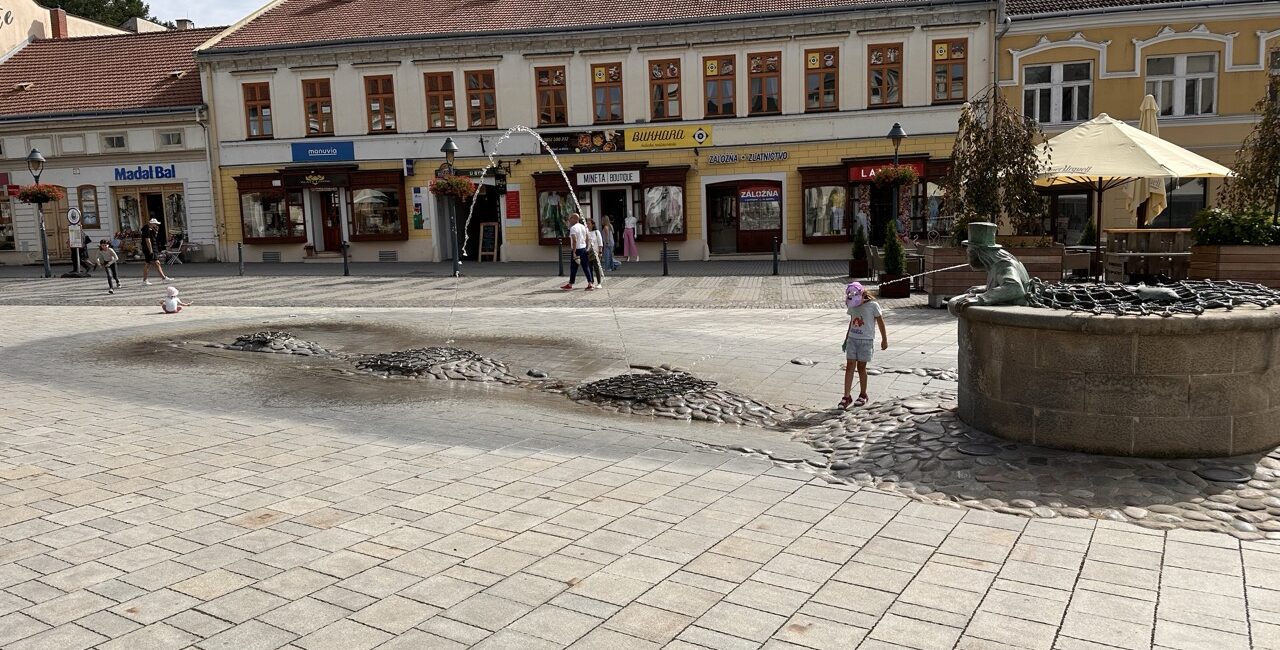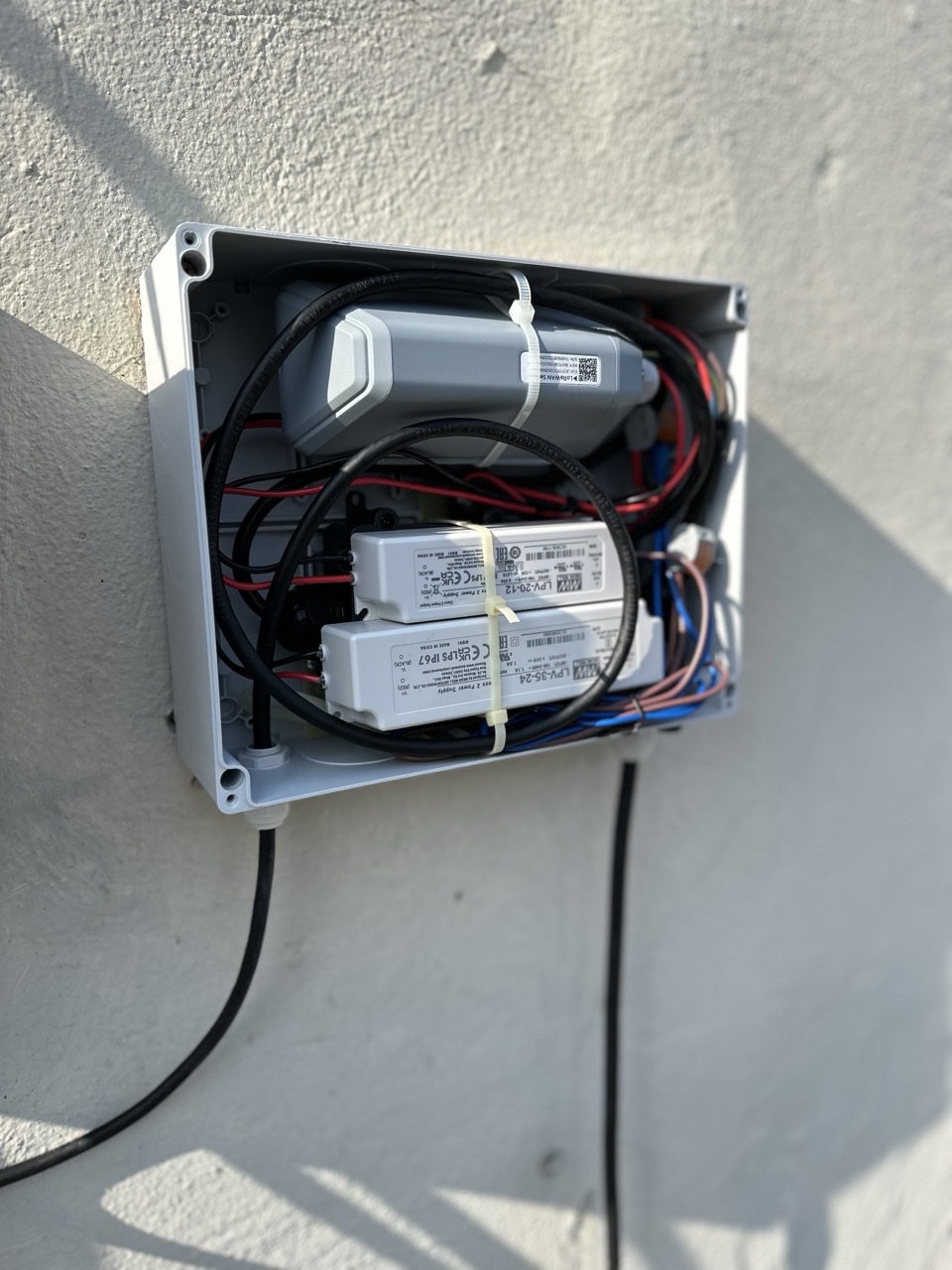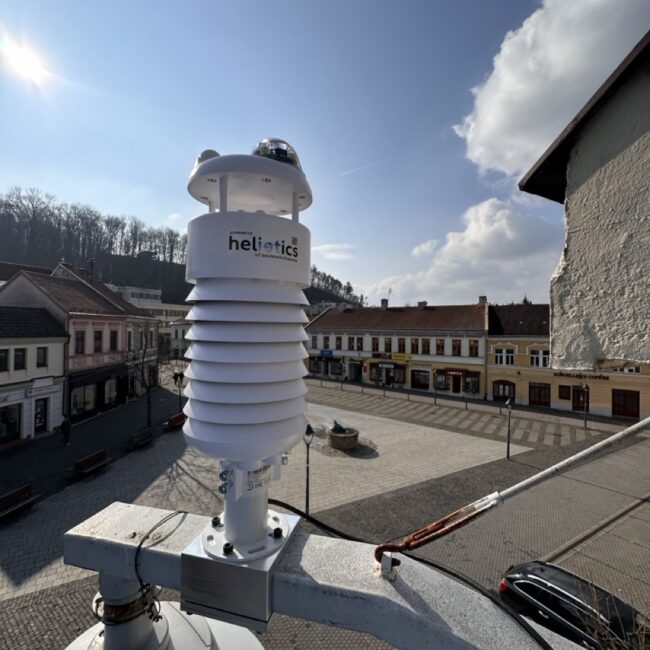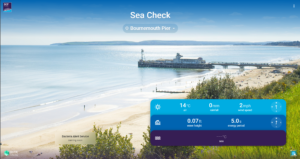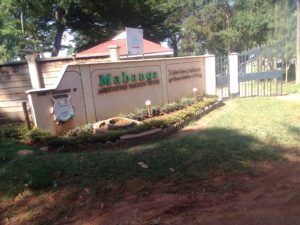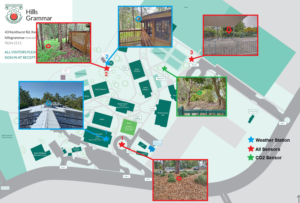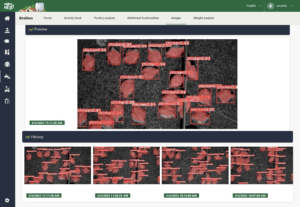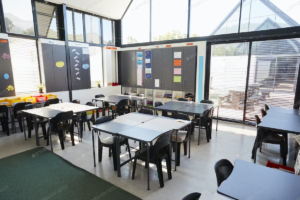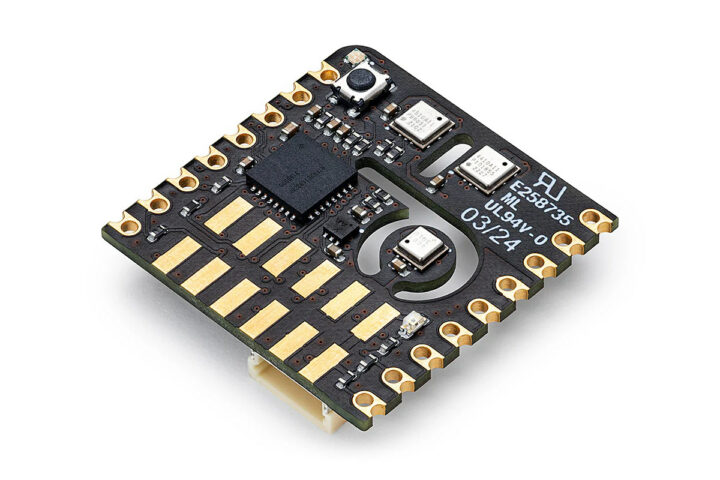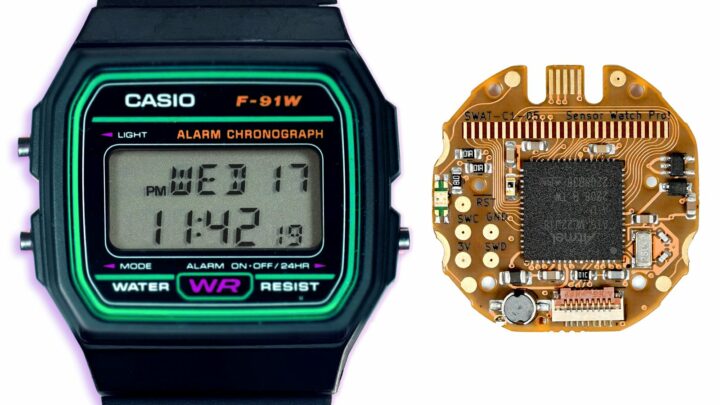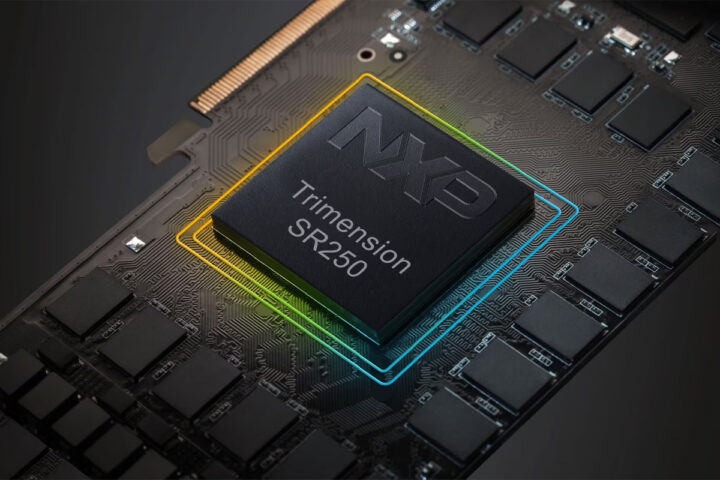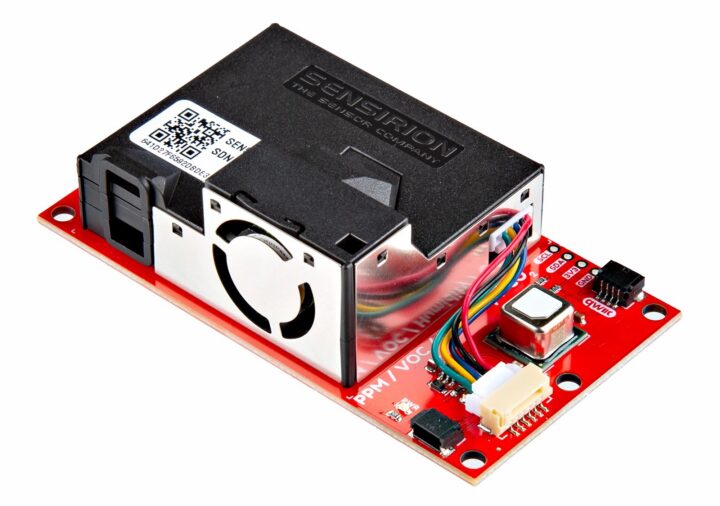STMicro’s low-power ST1VAFE3BX AI biosensor integrates biopotential signal monitoring and motion tracking
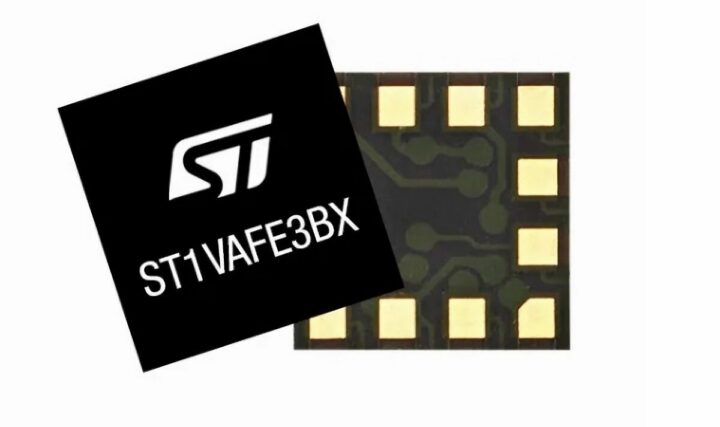
STMicroelectronics (STMicro) has announced the ST1VAFE3BX biosensor, a highly integrated chip that combines “cardio and neurological sensing with motion tracking and embedded AI functionalities,” and is targeted at healthcare and fitness wearables. The ST1VAFE3BX biosensor chip integrates biopotential inputs with an accelerometer and a machine learning core for reduced power consumption. It features a complete vertical analog front end (vAFE) for simplified detection of vital signs in electrocardiography, electroencephalography, and other healthcare monitoring applications. Inertial sensing by the accelerometer is synchronized with biopotential sensing “to infer any link between measured signals and physical activity.” The integrated machine-learning core (MLC) and finite state machine (FSM) allow for ultra-low-power and accurate biopotential input recognition at a degree of responsiveness that is reportedly faster than the current industry standard. The ST1VAFE3BX is aimed at applications in healthcare and fitness wearables such as smartwatches, smart patches, sports bands, connected rings, and smart glasses. It [...]
The post STMicro’s low-power ST1VAFE3BX AI biosensor integrates biopotential signal monitoring and motion tracking appeared first on CNX Software - Embedded Systems News.
